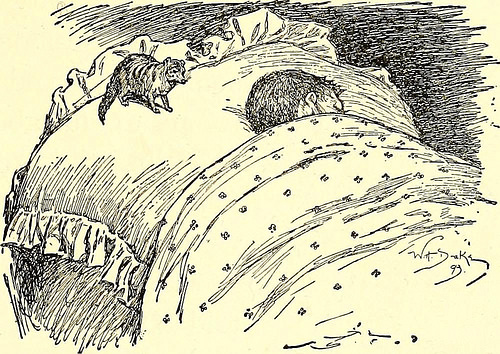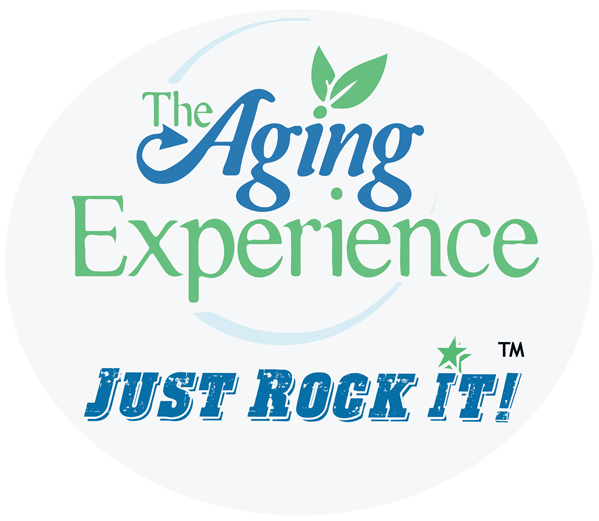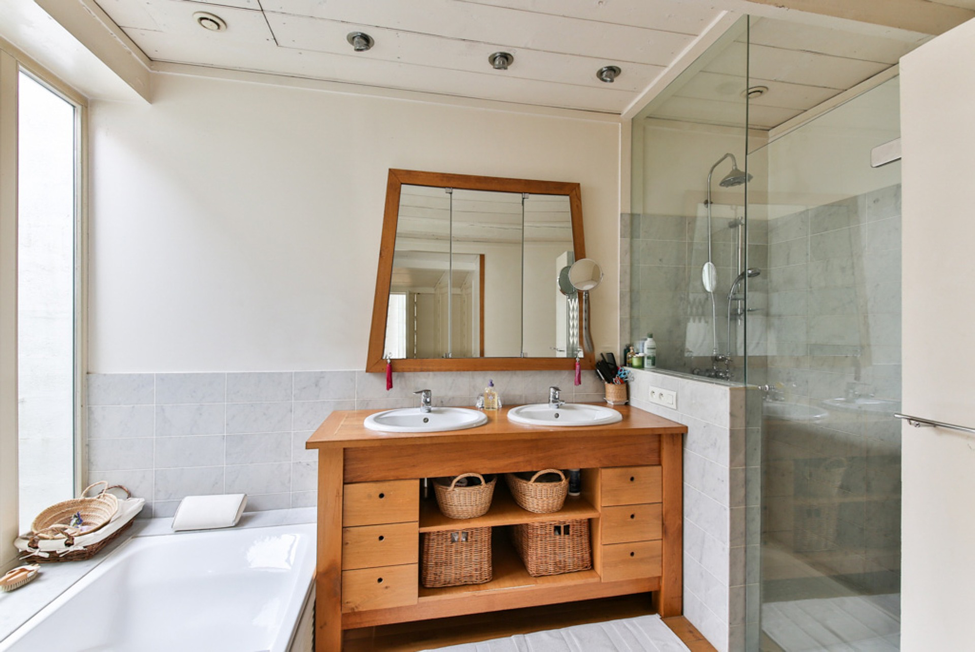Our Friday Song of the Week – Devil with the Blue Dress / Good Golly Miss Molly
Our Friday Song of the Week – Devil with the Blue Dress / Good Golly Miss Molly
Social Isolation – A Growing Epidemic Among Seniors – Smilecast 91
Social Isolation – A Growing Epidemic Among Seniors
(reprinted from my HuffPost50 Blog)
According to the AARP, 51 percent of people over 75 live alone. Twenty-six percent face an increased risk of death due to subjective feeling of loneliness. More than 8 million adults age 50 and older are affected by isolation.
The problem of social isolation will become worse over time as the boomers grow older. This is a generation that has had fewer kids; many having no children. It is a generation that was adventurous and had no problem moving away from hometowns. It is a generation that married less often and gotten divorced more often. The safety net of family is less obvious for this generation as it was for their parents.
Podcast: Play in new window | Download
Subscribe: Apple Podcasts | RSS
Creating Safer Spaces for Those With Alzheimer’s
Creating Safer Spaces for Those With Alzheimer’s
(Contributed by Lydia Chan, Alzheimerscaregiver.net)
Statistics showed about 15.7 million adult family caregivers cared for someone who had Alzheimer’s disease or another form of dementia in 2015. And if you are one of the growing number of Americans providing support for a loved one with Alzheimer’s disease in your home or theirs, you probably already know some spaces aren’t going to be ideal for their evolving needs.
For example, aging occupants, including those with Alzheimer’s, may want or need grab bars installed in bathrooms, bedrooms and other spaces where they need assistance with maintaining their balance or getting up. Other homeowners may opt to install slip-resistant surfaces in their kitchens, bathrooms or throughout the house to provide greater traction, since people can experience problems with balance even in the early stages of Alzheimer’s. Let’s look at how we can make safer spaces for our older loved ones.
Consulting Contractors and Other Experts
Modifications don’t have to be expensive to be effective, but some care providers opt for larger projects, such as adding a full bath to the ground floor of a home or adding more lockable kitchen cabinets to secure hazardous items. Most homeowners spend between $195 and $8,820 on a bathroom remodel nationally, and $13,504 and $22,463 on a kitchen renovation. But you can get free estimates from local remodeling contractors through ImproveNet. After reviewing your specific needs, local service providers can also help you evaluate the many options available when it comes to renovating or remodeling bathrooms, kitchens, or other areas of the home.
You might also want to seek help from a Certified Aging in Place Specialist (CAPS). Remodelers of the National Association of Home Builders (NAHB) created the CAPS program in collaboration with groups including AARP to serve the growing number of consumers that will require modifications to help them live in their current homes safely and comfortably as they get older.
CAPS program participants include remodelers, general contractors, designers, architects, and even health care professionals. These certified specialists learned strategies and techniques for designing and building aesthetically pleasing, barrier-free living spaces. Specifically, they’ve been trained in the unique needs of the older population, aging-in-place home modifications, common remodeling projects, and solutions to common barriers that can hinder people’s ability to age in place. You can go to the National Association of Home Builders website to find a Certified Aging in Place Specialist in your area.
DIY Modifications
While you’re collecting information and estimates, there are also some things you can do on your own to make spaces safer and more accessible for the loved ones in your care. For instance, you could remove the locks from bathroom and bedroom doors to prevent anyone from inadvertently being locked in. For exterior doors, place deadbolts either high or low to make them more difficult to access for loved ones who might wander off.
To reduce the risk of falls and other accidents, put down non-skid safety mats in tubs. At the same time, eliminate slip hazards, such as bath mats or kitchen rugs without skid-resistant backing, and utilize night lights in bedrooms, bathrooms, and other areas your loved one may need to access at night.
In the kitchen, when you want safer spaces, consider removing the knobs from stoves and putting other appliances and dangerous utensils out of your loved one’s reach. Also remove electrical appliances such as hair dryers, razors, and curling irons from the bathroom to reduce the risk of shock. The Alzheimer’s Association recommends cleaning out cabinets, closets, and drawers that can’t be locked. Instead, store potentially dangerous items like household chemicals, razor blades, prescription medications, and even vitamins in spaces that can be secured.
Eliminating common dangers and reducing the risk of falls and other accidents through these simple steps can make homes safer for people with cognitive challenges. Budgeting the time and money for a few renovations to assist everyone with aging in place more comfortably will hopefully help everyone live happier, healthier lives for years to come.
(Editor’s Note – thank you to Lydia for providing this excellent article on how to create safer spaces for those with Alzheimer’s.) Check out more good information here – https://californiamobility.com/aging-in-place-remodeling/
Less REM Sleep Tied to Greater Risk of Dementia
 Less REM Sleep Tied to Greater Risk of Dementia
Less REM Sleep Tied to Greater Risk of Dementia
People who get less rapid eye movement (REM sleep) may have a greater risk of developing dementia, according to a study published in the online issue of Neurology®, the medical journal of the American Academy of Neurology. This is the stage when dreaming occurs.
There are five stages of sleep. Stage one is light. Stage two is when the body begins to prepare for deeper sleep, including stages three and four. Stage five is REM sleep. During this dream stage, the eyes move rapidly and there is increased brain activity as well as higher body temperature, quicker pulse and faster breathing. The first REM stage occurs about an hour to an hour-and-a-half in and then recurs multiple times throughout the night as the cycles repeat.
“Sleep disturbances are common in dementia but little is known about the various stages of sleep and whether they play a role in dementia risk,” said study author Matthew P. Pase, PhD, of Swinburne University of Technology in Australia.
The people who developed dementia spent an average of 17 percent of their sleep time in REM sleep, compared to 20 percent for those who did not develop dementia. For every percent reduction in REM sleep there was a 9 percent increase in the risk of dementia. Other stages of sleep were not associated with an increased dementia risk.
“Our findings point to REM sleep as a predictor of dementia,” said Pase. “The next step will be to determine why lower REM sleep predicts a greater risk of dementia. By clarifying the role of sleep in the onset of dementia, the hope is to eventually identify possible ways to intervene so that dementia can be delayed or even prevented.”










